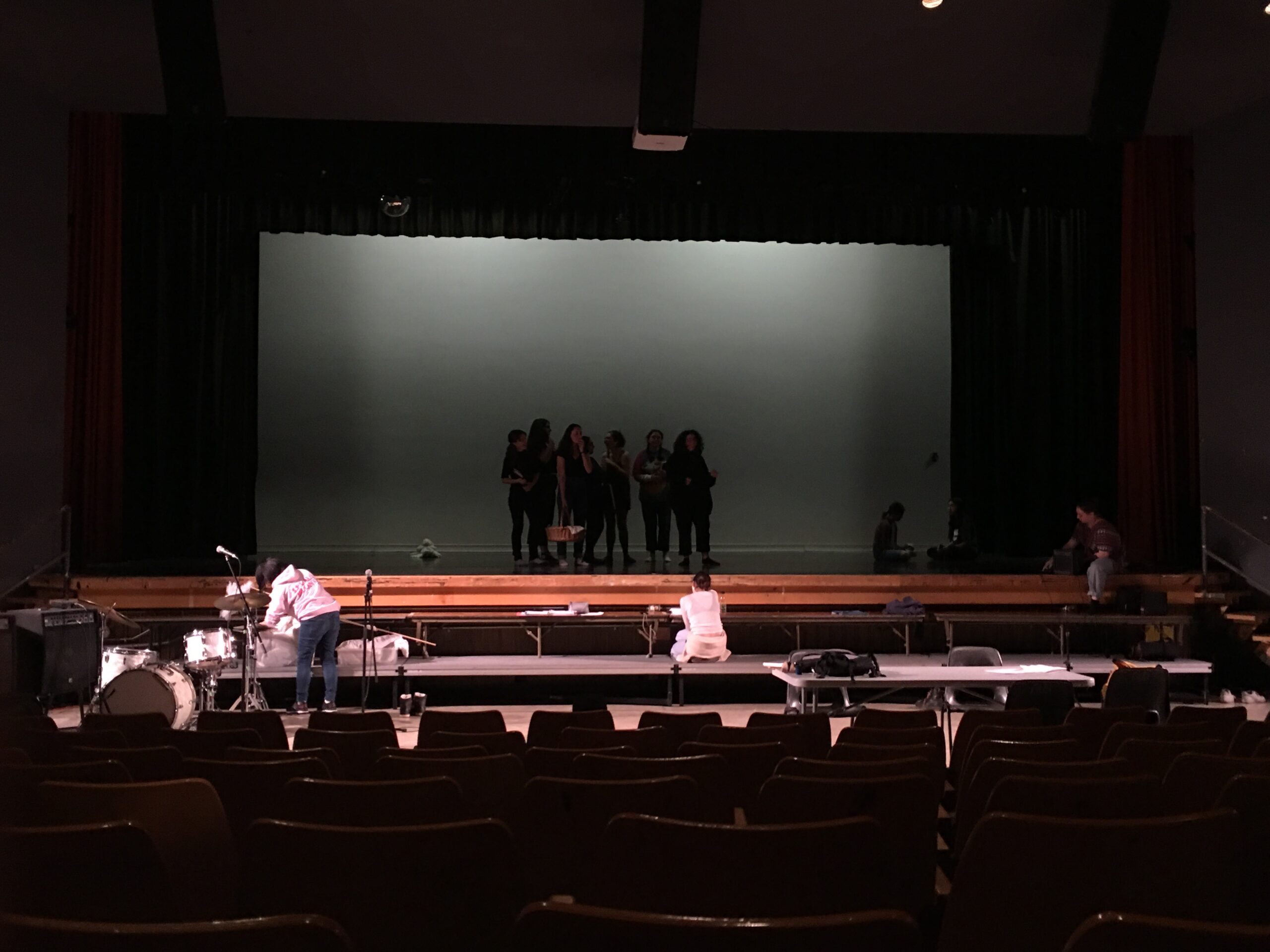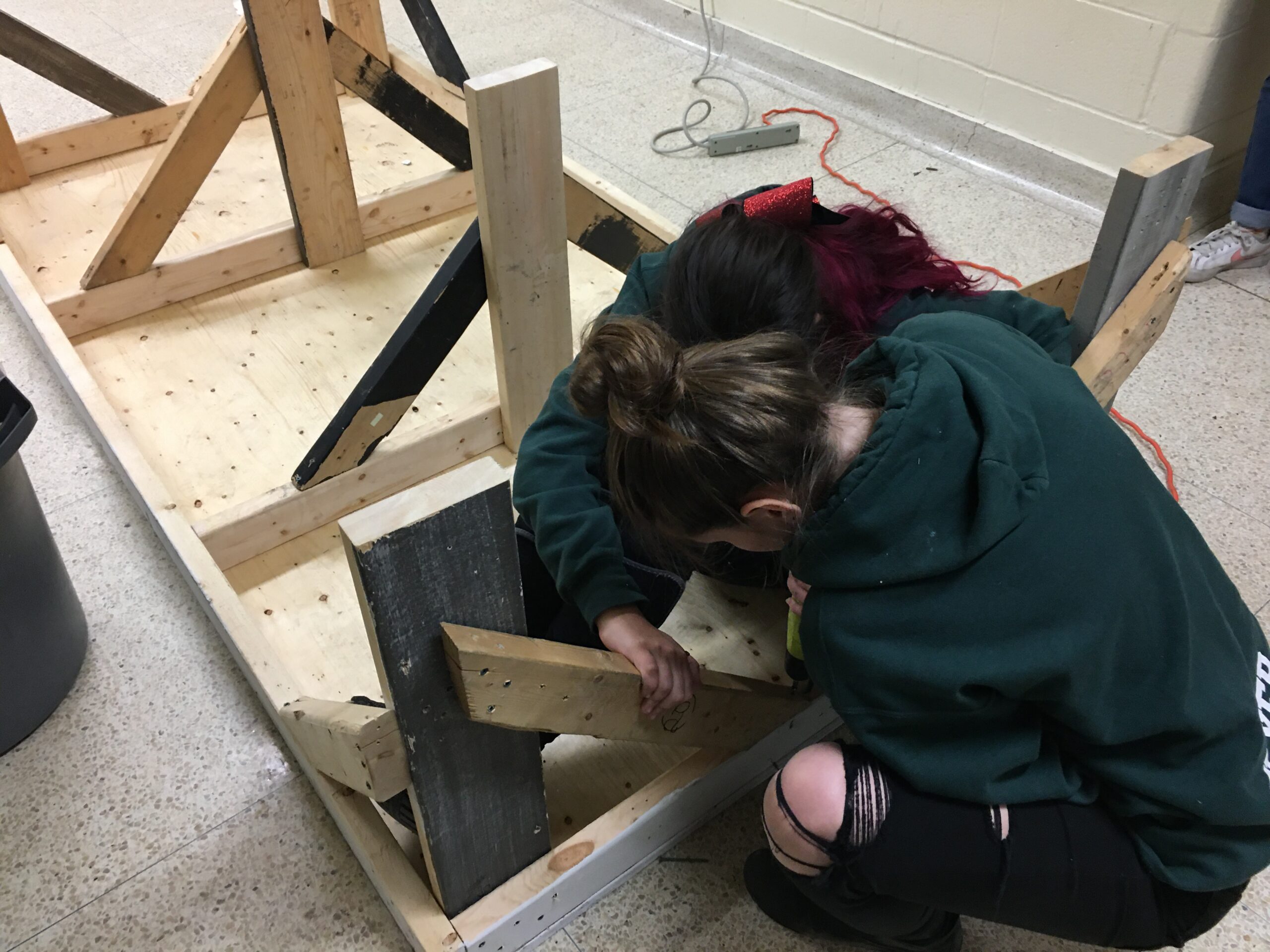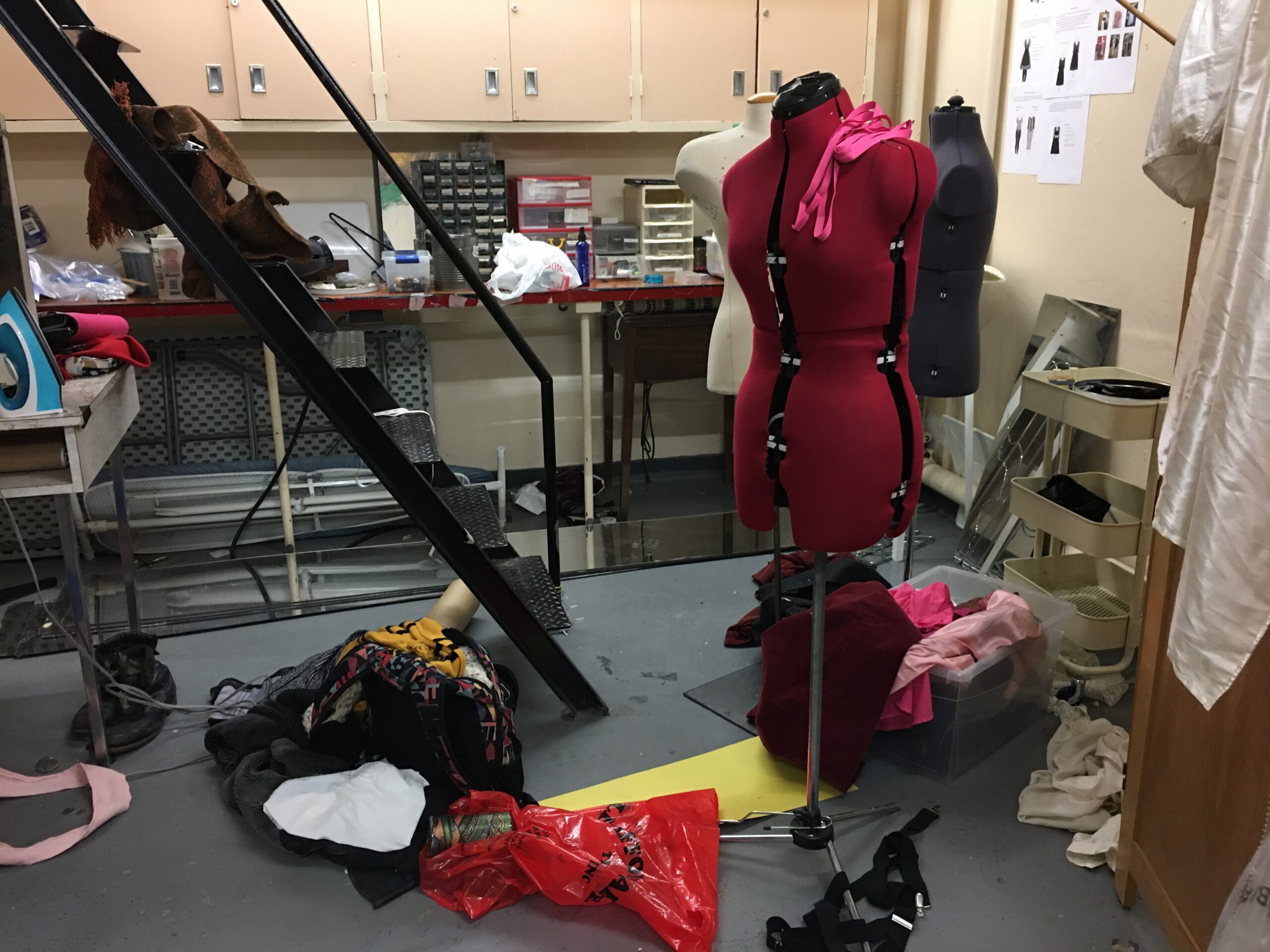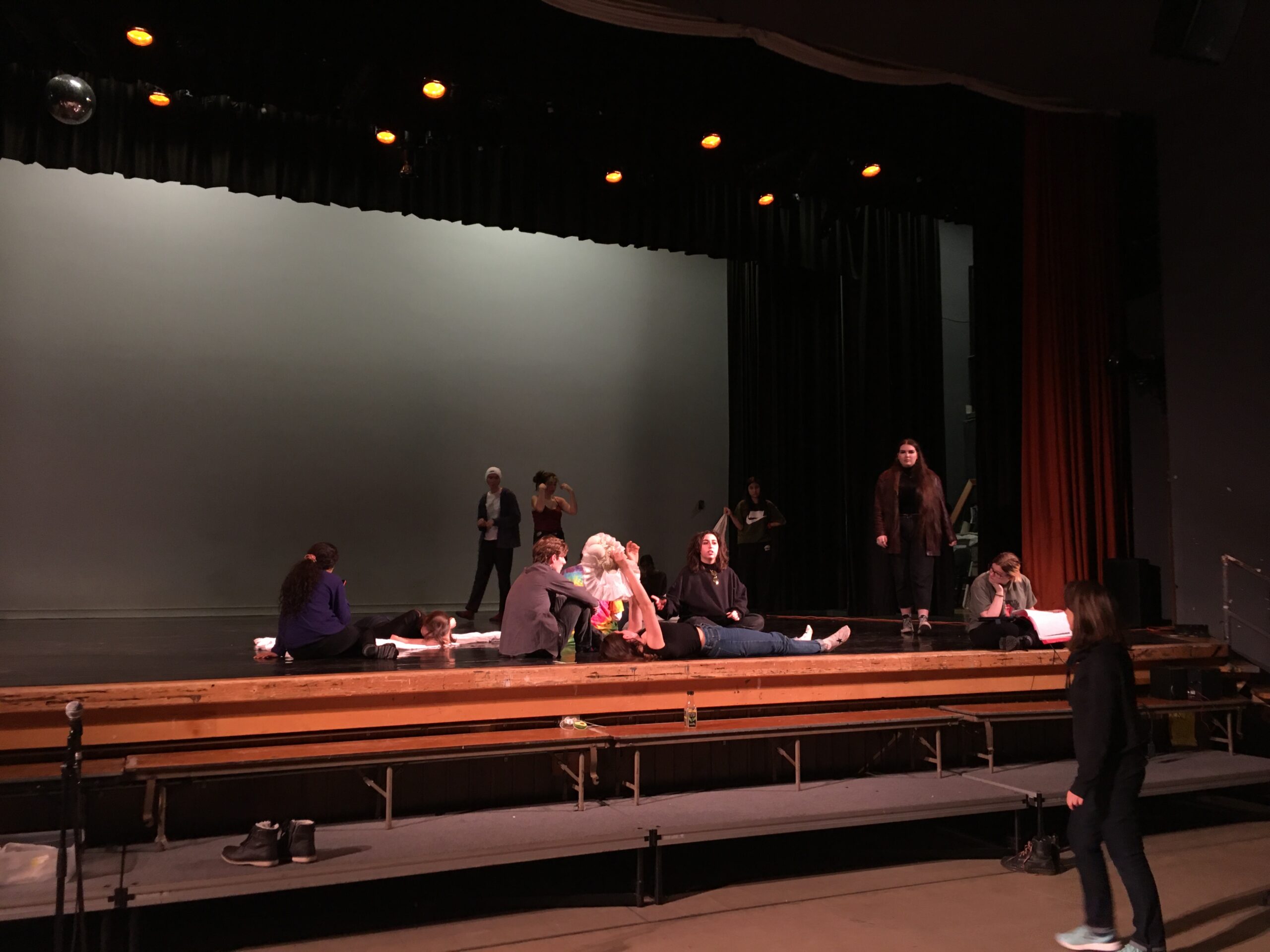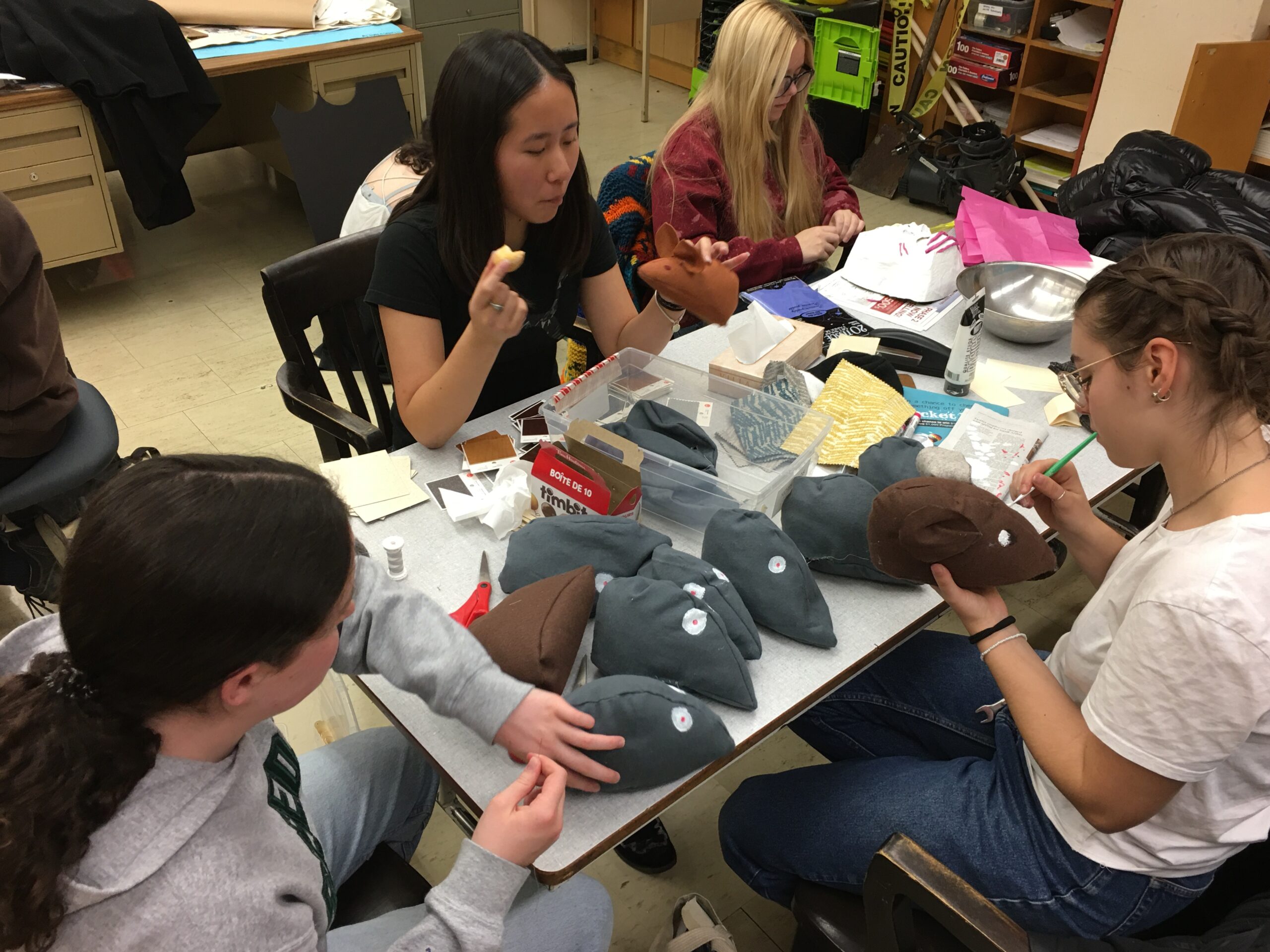By Sydney Di Brina
Before the pandemic, the halls of Rosedale Heights School of the Arts were filled with laughter and conversations. During lunch, sounds of students practicing their instruments, singing and rehearsing their lines echoed through the school. The halls were crowded with students sitting on the dirty floors; their backs against the wall eating lunch with their friends. The principal, Mr. Sketchley, would circle around at the end of the lunch hour ringing his handheld bell, signalling everyone to leave for class. Hurriedly students would rise from the spot they were sitting in, leaving their wrappers and garbage behind before returning to class.
When the pandemic struck, March Break was extended from one week to a month-long break to help prevent the spread of COVID-19, but students never returned to school and completed the rest of the school year at home and online.
When Tamsin Kelsey, a drama teacher at Rosedale, discovered the school would remain re-open for the new school year starting in September, she was alarmed. There was a big push right before all this happened to move learning online and Kelsey questioned, “How are we going to teach them?”
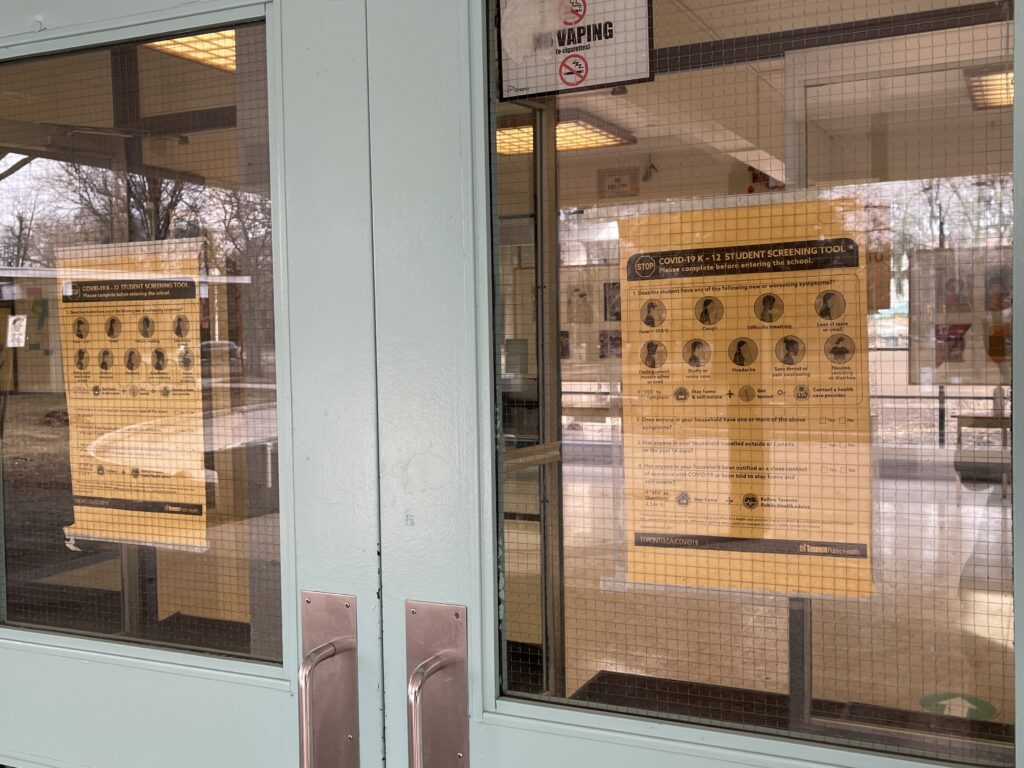
Rosedale has now implemented a hybrid format where students attend in person and online. Classes are separated into quadmesters with two new courses every 10 weeks offering less time to learn. Students attending class in person have only one class which lasts for about three hours and they head home for lunch.
Photography student Abby MacCallum explains they are given two breaks which last about five minutes each. During the break, students are allowed outside or stay within the classroom. “There’s barely a break and it’s also not with other classes,” she said. They make us stand in a specific spot on the field, so we can’t even go talk to other people or else they’ll get mad at us,” says MacCallum.
Interactions are limited as everyone must socially distance in class and outside. The classroom of English teacher Nancy Clark has desks spaced far apart from each other, and each student separated from their peers. Clark calls the window their “prison wall” and says that on their breaks, they stand and stare out the window.
Drama teachers Stephen Wei and Kelsey teach the Drama Production class, which is quite hands-on as the students build stages, props and make costumes. The students put together an annual main stage production and several plays for their Fringe Festival. This school year was the first time they couldn’t perform on stage. Students recorded videos of themselves acting and edited them together for the final piece. Many units were removed since there wasn’t enough time to use resources only available at the school. Their most recent production, “IFIF, The Institute for Imaginary Friends,” was performed in each student’s home.
Normally the Drama Production class would run for two periods. Students would stay after school for rehearsals or work on the set, props or costumes. The students and teachers used to spend so much time together, they would even come in on weekends for rehearsals. “So much of drama is embodied. So much of it is about what you’re doing with the kids in the moment and the present and about the relationships that you’re trying to bridge with them,” says Wei.
During virtual classes, students prefer keeping their cameras off. Kelsey explained to her students how much richer the Drama class will be if they can see each other, despite this, they still keep them off. “They don’t know how to be social and they’re shy,” says Kelsey. It’s a frequent occurrence during online classes which makes it harder for teachers and students to connect. “They need drama right now, more than ever they need the arts because it is that humanizing factor,” says Kelsey. She can see that her students are thirsty for social interactions.
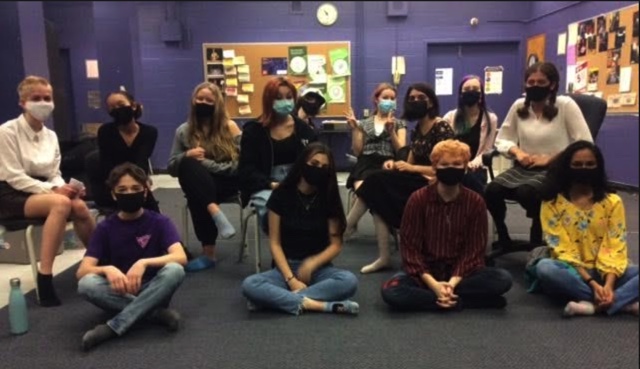
“Nothing is designed to teach in person and online simultaneously, but that’s what we are being asked to do right now,” says Wei. Kelsey explains this as an “extremely unsatisfactory model” of teaching. She teaches her students who are in the classroom and will sometimes forget about the Chromebook sitting in the corner of her class where the students learning from home watch her through the screen. “As teachers, you feel like you need to fix it, but this is certainly not fixable by a teacher,” says Kelsey.
Even though students have fewer opportunities to be actively engaged during the pandemic, they still try to have fun. One day, after admitting each student into the Zoom session of the Drama Production class, Kelsey saw that all her students had adopted Wei’s name. There was much confusion in the classroom as one couldn’t decipher exactly who they were speaking to. This was entertaining, but also inconvenient as it stole precious minutes from the class. To take revenge on the students for their prank, Kelsey and Wei turned off the feature that allows students to change their screen name, leaving them stuck as Mr. Wei for the rest of the week.
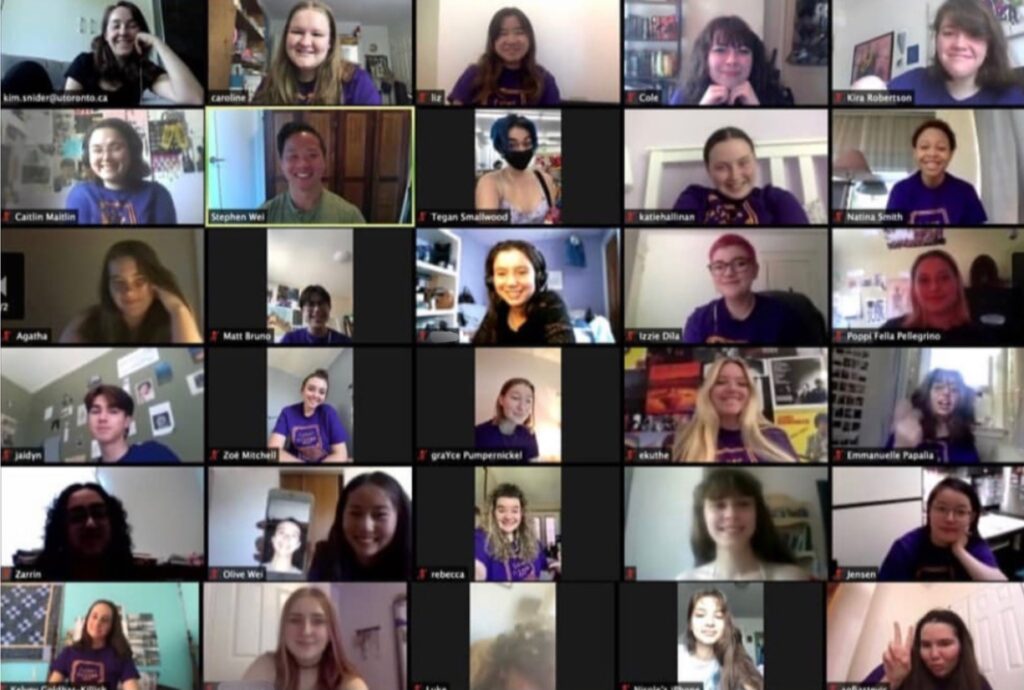
Senior students like MacCallum and Emma Dunleavy Lachmann are trying to make the best of their last year at Rosedale, but find it difficult.
“Everyone is just trying their best and trying to make it through,” says Dunleavy Lachmann, who was on Rosedale’s sports teams in past years, but is now missing that outlet for having fun and connecting with teammates.
Now that everyone eats their lunch at home, the high school has become a much cleaner building, according to Kelsey. Students are only at school for a few hours and are contained within their classrooms.
During free periods, students lingered in the halls before their next class. Some mingled in the bathroom with their friends, while others studied in the nooks and crannies throughout the school. Some students spent their free time in the back of the library and maybe took a quick nap on the pillows and cushions. Others created artwork in the art rooms or hid within the darkness of the darkroom developing photos. If you were walking to class and heard the sound of a piano you assumed someone was fiddling with the instrument in the cafeteria.
The school isn’t quite the same now.
“The school is spotless. There is no noise. It’s really quiet,” Kelsey said.

